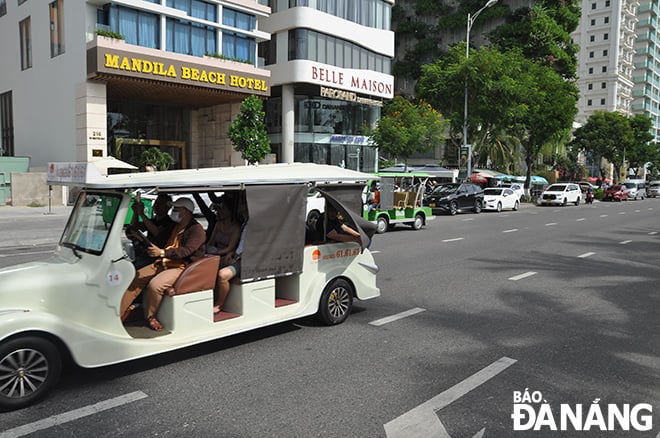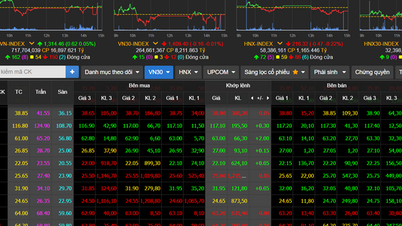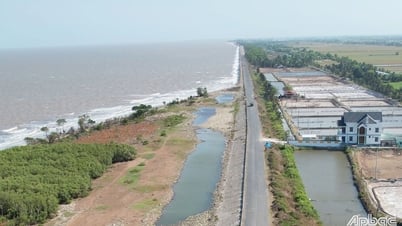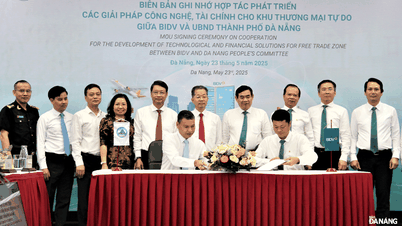 |
| Four-wheeled electric vehicles carrying passengers in the city. Photo: THANH LAN |
According to regulations, from July 1, 2025, the operation of 4-wheel electric vehicles will comply with the Law on Road Traffic Order and Safety and Decree No. 158/2024/ND-CP of the Government . Specifically, units and business households using 4-wheel motor vehicles participating in the pilot activities before the effective date of the decree will continue to operate until June 30, 2025, from July 1, 2025 must meet the provisions of this decree.
According to the Law on Road Traffic Safety and Order, a four-wheeled motor vehicle is a vehicle with four or more wheels, powered by an engine, designed and manufactured to operate on roads, structured to carry people, with a design speed of no more than 30km/h, and a maximum of 15 people (excluding the driver). Four-wheeled motor vehicles transporting passengers and goods must meet the following requirements: be granted a vehicle registration certificate and have a license plate; ensure technical safety and environmental protection according to the provisions of law; post the name and phone number of the organization or individual doing the transport business; post the fare for passenger transport; ensure the correct time and scope of operation. The provincial People's Committee shall prescribe the time and scope of passenger transport by four-wheeled motor vehicles and the transport of goods by four-wheeled motor vehicles in the locality.
Therefore, soliciting comments on the draft legal document on regulations for the management of pilot 4-wheel electric vehicles operating on some routes of the city will contribute to improving the operation of this type of vehicle in the area, thereby ensuring road traffic safety. According to the City Traffic Safety Committee, in order to effectively implement this, the city's functional branches need to focus on propaganda for units and businesses with vehicles participating in tourism services, and at the same time require a commitment that the operating vehicles must ensure regulations on registration and technical safety certification. In addition, electric vehicles are strictly prohibited from carrying more people than the prescribed number, stopping and parking arbitrarily, causing traffic obstruction...
It is known that on January 6, 2016, the Prime Minister issued Official Dispatch No. 33/TTg-KTN allowing Da Nang city to pilot the use of 4-wheel electric vehicles to transport tourists within a limited area. On March 29, 2017, the City People's Committee issued Decision No. 12/2017/QD-UBND on regulations on the management of 4-wheel electric vehicles operating on a number of routes in the city. According to records, after more than 8 years of implementation, this type of vehicle has achieved remarkable results such as: creating civilization, convenience in tourism services, environmentally friendly; less pollution; less noise than other types of passenger transport vehicles; Low speed makes it quite safe to drive... However, in the process of management and operation, there are shortcomings such as: many 4-wheel electric vehicles have crossed the permitted boundary, entered prohibited roads, inner-city roads, many electric vehicle drivers still speed, overtake recklessly, park and encroach on the roadway, sidewalk, drive beyond the permitted time... causing traffic on many routes to become chaotic and potentially cause traffic accidents.
According to the Department of Construction, the city previously only allowed these electric vehicles to operate on the following routes: Nguyen Tat Thanh, Thuan Phuoc Bridge, Le Duc Tho, Hoang Sa, Vo Nguyen Giap, Truong Sa, Pham Van Dong, Ho Nghinh and Duong Dinh Nghe. These routes have no time limit for operation. In particular, Vo Van Kiet, Tran Hung Dao, Nguyen Van Thoai, Tran Thi Ly Bridge, Tran Thi Ly Street, 2 Thang 9 (from the Cham Sculpture Museum to the 2 Thang 9 and Xo Viet Nghe Tinh intersections) are only allowed to operate from 7 p.m. to 12 a.m. every day. Regarding the operation of electric vehicles, the Vietnam Automobile Transport Association recently made recommendations to the Prime Minister on the difficulties and obstacles, mentioning that currently in Vietnam there are no public roads with signs indicating a maximum operating speed of 30 km/h for this type of vehicle to operate. Therefore, most operating businesses suggest that it is necessary to soon implement the placement of maximum operating speed signs on the roads to determine the operating range of 4-wheeled motorized passenger vehicles on roads suitable for this type of vehicle to circulate.
THANH LAN
Source: https://baodanang.vn/kinhte/202505/can-som-quy-dinh-cu-the-cho-hoat-dong-xe-dien-4-banh-4006198/



![[Photo] Top players gather at the 2025 Nhan Dan Newspaper National Table Tennis Championship](https://vphoto.vietnam.vn/thumb/1200x675/vietnam/resource/IMAGE/2025/5/23/9ad5f6f4faf146b08335e5c446edb107)





























































































Comment (0)